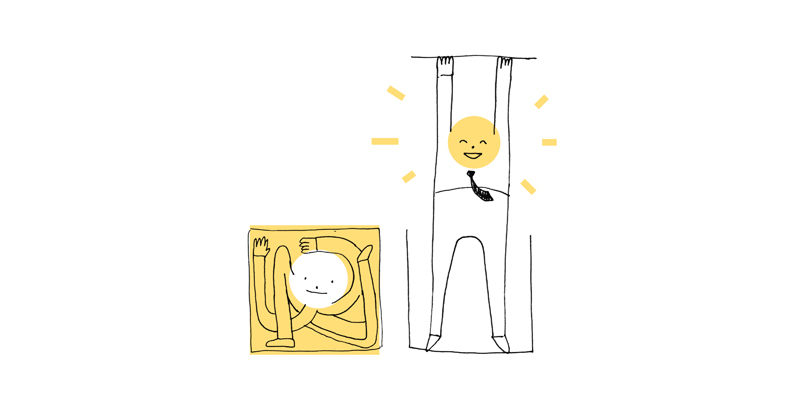False growth mind-set
April 5, 2017
Fixed and growth mind-set
April 10, 2017Mind-set in organisations


Ever wondered how the collective mind-set of people in an organisation impacts the culture?

Dweck’s recent work shows that organisations have mind-sets, too, and that they closely resemble individuals fixed or growth mind-sets. They permeate everything in the business and have an impact on an organisation’s ability to grow talent, drive performance and manage change. She calls cultures that believe in fixed abilities and talents a ‘culture of genius’, and those who believe talent can be developed, a ‘culture of development’.
To define what kind of culture each company had, Dweck’s study asked a diverse sample of employees about their company. The research sort to understand how the widely-held beliefs influenced satisfaction, collaboration, innovation and ethical behaviour.
In a culture of development, people said they had more trust in others and more connection to the company. They more strongly endorsed risk taking and valued trying hard to achieve goals and they believed that they would be supported if they failed. What’s more, managers hired with an eye for potential and developed people.
In contrast, people who worked in a culture of genius said that, although there was talk about risk taking, people were risk averse because they’d be penalised if they failed. These cultures also tended to hide information and keep secrets; people took shortcuts and cut corners. Dweck found that, when talent is worshipped, people fight to be the superstar so employees were in competition with each other and, in turn, were more likely to cheat. And unlike their culture of development counterparts, culture-of-genius managers saw their employees as having less potential.

Mind-sets are transmitted through the feedback that’s given. When only talent or ability is praised it creates a fixed mind-set.

Mind-sets are transmitted through the feedback that’s given. When only talent or ability is praised it creates a fixed mind-set. But when the process of learning, taking on risk and learning from errors is praised a culture of development is created.
Dweck’s research found:
Trust: Employees in a culture of development expressed 47% higher agreement when presented with statements about having trust in their company.
Engagement: Employees in a culture of development were 34% more likely to feel a sense of ownership and commitment to the future of the organisation.
Innovation: Those from a culture of development showed 65% agreement that their company supported risk taking and 49% agreement that their organisation fostered innovation.
Ethics: Those from a culture of development disagreed 41% that their organisations were rife with unethical behaviour.
Supervisors in the culture of development companies rated their employees as more innovative, collaborative and committed to learning and growing. They also viewed their employees as having far greater management potential — all things that make a company more agile and more likely to stay out in front.
What’s the mind-set of your organisation?
The prevailing mind-set of your organisation is revealed by the language that’s used about people and the processes that are used to identify, assess and develop them. For example:
- Is talent commonly described as a select, static group?
- Is talent a fixed trait that some people have?
- Do you rely on measures of intelligence and aptitude?
- Do you offer stretch assignments or projects with measures of progress?
- Are mistakes seen as opportunities to learn?
- Are people debriefed after projects to help identify what can be learned and applied for greater success next time?
In the past, talent strategy in most businesses was firmly based on a fixed mind-set: “Find talented people and keep them in the company.” Managers would define potential leaders as people who were similar to themselves. They would work with a team developed in their own image, and the prevailing belief was that progression was based on intelligence and only the brightest would rise through the various grades and rites of passage.

If the dominant mind-set is fixed, change is risky, painful and hard.

Why fixed mind-sets need to be fixed
If the dominant mind-set is fixed, change is risky, painful and hard. One of the other disadvantages of a fixed mind-set across an organisation is that it can create fear and threat, and in extreme cases it can even be abusive. Managers worry about being judged, and these feelings cascade through the company making it hard for courage and innovation to thrive.
If the collective mind-set of the organisation is one of growth, the prevailing belief is that change is an opportunity to learn and grow. The views on the team centre on how they approach their work. Talent or high potential is defined as hard workers who try new things, take risks and learn from their mistakes.
These managers will be more inclined to give feedback, provide stretch assignments and coaching. You’ll see that they themselves have a readiness to be a novice again and to review their performance in the light of new standards and changing business needs.
Same thing, different attitude
A single activity in a talent strategy can be creating growth or fixed min-set depending on how it’s presented and judged.
For example, in a growth mind-set culture, stretch assignments are recognising potential and providing an opportunity for development. But in a fixed mind-set culture they can be tests of capability, or rites of passage.
To create a growth mind-set across a company, talent initiatives need to be carefully planned, executed and reviewed:
- Give feedback: Include coaching for future success and change rather than focusing on what was done ‘right’ and what weaknesses are shown.
- When conducting assessment interviews, ask about how a person would tackle a new assignment and how they would measure their success.
- Establish criteria for selection, including examples of seeking to learn, overcoming obstacles, seeing mistakes as learning and bouncing back from setbacks.
- Present 360-degree feedback and other kinds of assessment not as a static picture but as a snapshot in time, with indicators for change and growth. Back this up with coaching to make the change.
- When introducing learning opportunities, whether they’re formal programmes or on-the-job, present skills as things that can be learned rather than innate. Don’t talk about filling a gap in their skill-set, but instead about opportunities to master new skills.
- When setting goals, frame them as improvements or progress along a path rather than absolute achievements. The research suggests that if employees believe that they can grow but sense the company does not value that, they will not grow to the same extent. The structure of goals is a clear indication of the company’s true beliefs, so goals that describe progress rather than absolutes are consistent with a growth mind-set culture.
- In performance management and rating systems, measure people against their effort or their own past performance rather than each other. A study by Ruth Butler showed that when people are compared to others they adopt more of a fixed mind-set. They felt the point of an exercise was to show how good they were. Those that were compared with themselves, however, against how they did on early questions compared to later questions assumed the point of the exercise was to help people to get better. The study showed that not only did these people get better, they were also better at finding the best strategy to solve the problems they were working on. Also, seeing themselves getting better provided intrinsic reward in the brain. Companies that adopt this type of approach in performance management systems help to reduce the inherent threat of evaluation and also nurture people’s ability to fulfil more of their potential – potential that would be suppressed by fixed mind-set evaluation systems. Companies such as Juniper Systems and The Gap are adopting this approach, as are a number of clients we have been working with.
- Make sure the manager’s role is – and is seen to be – one that includes performance coaching, not simply as being the sole judge of performance. Engage employees in monitoring their own performance standards and seeking feedback.

A talent strategy based on growth will look across the whole workforce; it will seek out people who have a history of developing and changing rather than simply qualifications, a high IQ or the ‘right’ education.

A talent strategy based on growth will look across the whole workforce; it will seek out people who have a history of developing and changing rather than simply qualifications, a high IQ or the ‘right’ education. It will provide opportunities for job rotation and skill development, and employees will be encouraged to take on stretch assignments, new challenges and new roles.
Overall, the strategy will convey the idea that the organisation values effort, learning and dedication, not just ready-made aptitude.
Related Content



